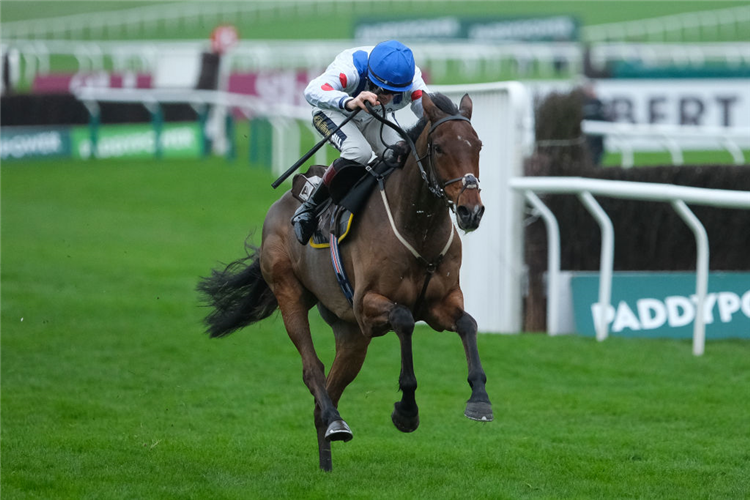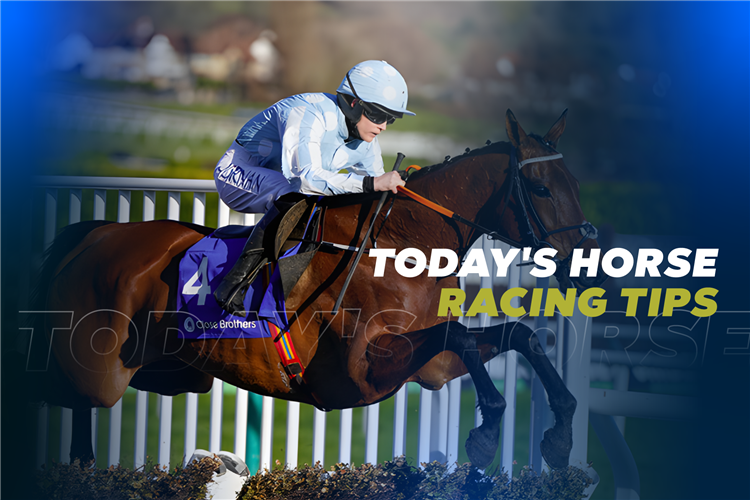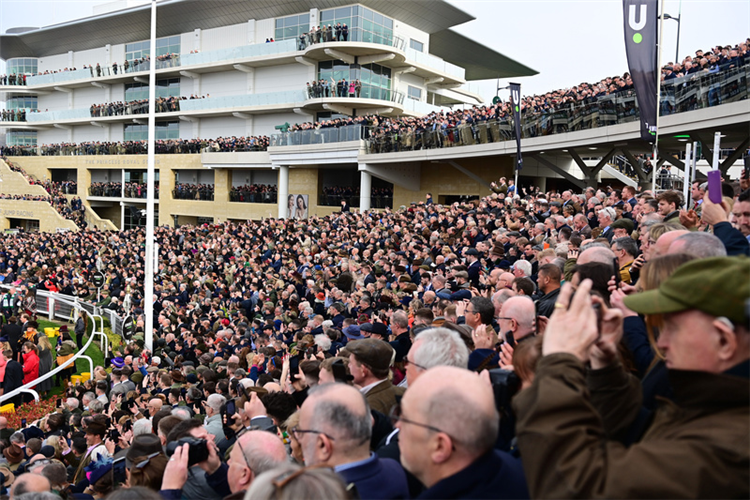Had it not been for Nashwan’s brilliance, Kingwood House Stables in Lambourn may never have come to fruition.
It has been 33 years since the Major Dick Hern-trained Nashwan blazed a trail though a summer that brought forth victories in the 2000 Guineas, Derby, Eclipse and King George VI And Queen Elizabeth Stakes.
The son of Blushing Groom is regarded as a "saviour" by Marcus Tregoning, who was Hern's assistant for 14 years before taking over at Kingwood House in 1998.
Tregoning, who saddled Sir Percy to win the 2006 Derby, is now at Whitsbury Manor Stables in Hampshire and looks back upon the summer of 1989 with great affection.
After winning both his starts as a two-year-old for owner Sheikh Hamdan Al Maktoum, flashy chestnut Nashwan cut a swathe through his Classic season and stamped himself as an equine legend.
"We have fond memories of Nashwan, not least because he was our saviour at the time when our lease at West Ilsley was going wrong," said Tregoning.
"Obviously, that set us up for building that yard in Lambourn and we were there for a long time. Nashwan saved the day for Sheikh Hamdan, no question."
Bred at Shadwell Farm in Kentucky and foaled on March 1, 1986, Nashwan was by 1977 Poule d'Essai des Poulains winner Blushing Groom, a non-stayer in The Minstrel's Derby. His stamina came from Height Of Fashion's sire and dam, Bustino and Highclere, which was more than enough to see out a mile and a half.
Though he was nothing much to look when he arrived at West Ilsley, he filled out his frame in the winter of 1988 and the colt's brilliance became apparent with a gallop the following spring – one that is now etched in Turf folklore.
That lofty reputation, built on his home work, saw him go off the 3-1 favourite for the Guineas, which he went on to win by a length from Exbourne.
"The plan was always to go for the Derby, but when he worked so well, Sheikh Hamdan wanted him to go for the Guineas, which was a bit of an afterthought really," added Tregoning.
Partnered as he was in all seven career starts by Willie Carson, Nashwan went on to win the Derby from Terimon, landing some sizeable ante-post bets for connections.
Tregoning said: "I backed him all the way through for the Derby and backed him on the day on the rails several times. After he sluiced home and it was all very exciting, I went to collect and found that the bookmaker had gone.
"It was quite a bit of money – several thousand pounds – and I got a telling-off from the Major, who said, 'You've got no right. It is a serious thing, Marcus'. I said it was a serious thing if I didn't get my money!"
Tregoning added: "I remember when he went down to the start of the Derby, I was standing alongside Guy Harwood, who trained Cacoethes (eventual third) on the rail.
"He just said, 'I knew we were beat when I saw him going down to the start'. Nashwan floated down – he was at his very, very best that day.
"I had backed him all over the place. The chap who became my head lad had backed him as a yearling for both the Guineas and Derby double and he picked up about 60,000 quid or something. But the bloke I backed him with on the day went off with me running after him!
"We got the money in the end."
He added: "It was a silly thing. It was unimaginable that this horse, who was being prepared by a genius, would actually fail at this point.
"The whole build up through the year was to win the Derby and it was like Sir Michael Stoute this year – it reminded me of those type of brilliant people who are brilliant with decent horses.
"Desert Crown is a very good horse and we haven't seen a Derby winner like that for years. The confidence behind him was wonderful – just like it was with Nashwan."
Nashwan may have been inspirational on the track, yet off it, credit must go to Hern and his staff for keeping the edgy colt off the boil when required.
Carson said: "Nashwan was a very nervous horse. He had so much speed and natural ability that he was easy to ride – one of the best I sat on.
"On the racecourse he was a proper gentleman, but he was hyper and lived on his nerves."
A month later, Nashwan then dropped back in distance for Eclipse at Sandown – and the 10-furlong event tested his ability to the maximum.
Though he went off the 2-5 favourite, he took time to wear down long-time leader Opening Verse, eventually winning by five lengths, having taken it up approaching the furlong pole.
Tregoning said: "Willie would say the Eclipse had taken a bit more out of him than he thought going into the King George.
"He had to be very tough, because of that horse going off at a million miles an hour (Opening Verse) and nobody knew how good that supposed pacemaker was – and he turned out to be a good horse in the end. He won a Breeders' Cup Mile!"
The King George was to be Nashwan's sixth career success and his last. Just 14 days later, the 2-9 favourite again met Cacoethes over the testing mile and a half at Ascot and, after a pedestrian early pace, which saw Nashwan keen to get on with things, Carson committed early and was all out to hold Greville Starkey, aboard Cacoethes, by a neck.
"He was extraordinary. He was an exceptional horse to win a Guineas, Derby, Eclipse and King George in the same season" said Tregoning.
"To have the speed to win a Guineas and an Eclipse like he did was incredible.
"Maybe the King George tested his stamina, because he was meeting Cacoethes again and it was a close-run thing. He was a big, tall horse and it was a big, tall ordeal. Willie gave him a brilliant ride.
"The Eclipse was just one of those races and it took a lot out of him."
Nashwan's last run came in the Prix Niel at Longchamp in September, and with his brilliance dulled by the soft ground, he was beaten two lengths by Golden Pheasant. He was retired to his owner's Shadwell Stud, where he died at the age of 16 following complications after an operation on a leg injury.
"We thought he would go on and run in the Arc and all that sort of thing, but it didn't happen," said Tregoning. "I just think he had enough after the King George.
"No horse would be campaigned in the same way these days. I remember thinking it was tough to run in those four races, but we also thought he was so good that he could do it.
"He was tough, but he was brilliant and some might say he will go down as one of the great three-year-olds ever to grace this sport."




